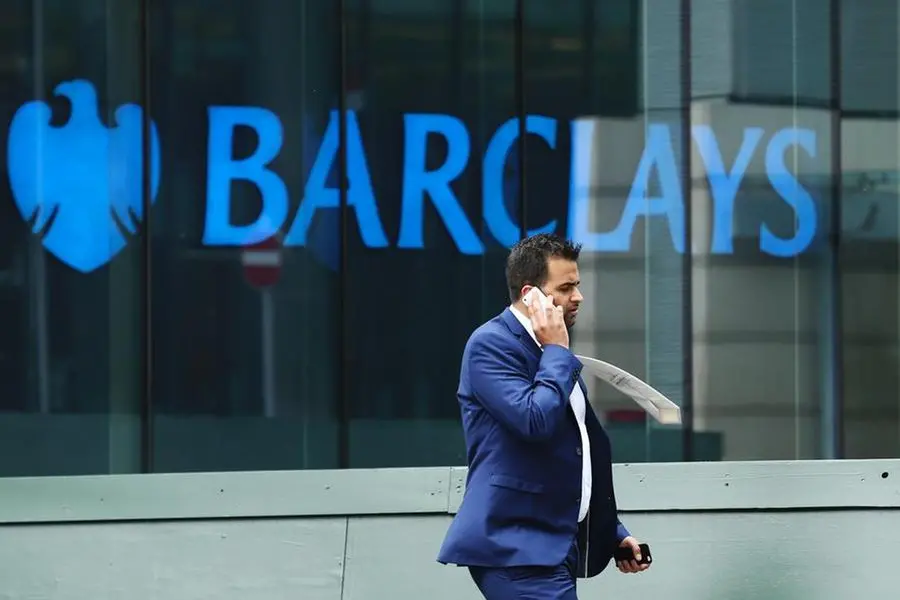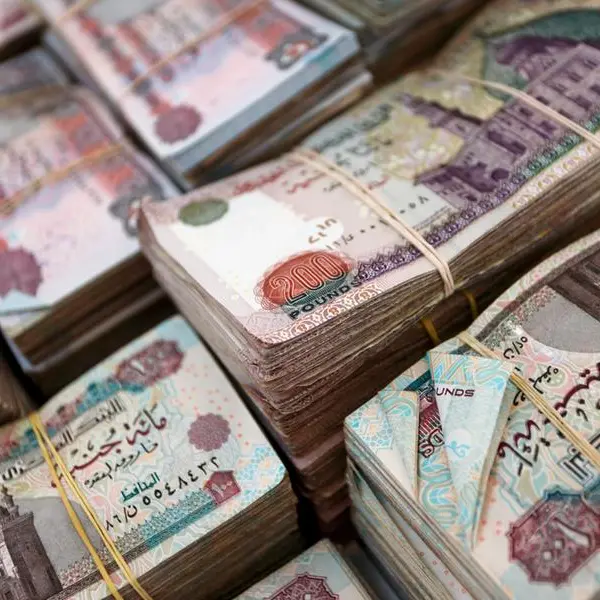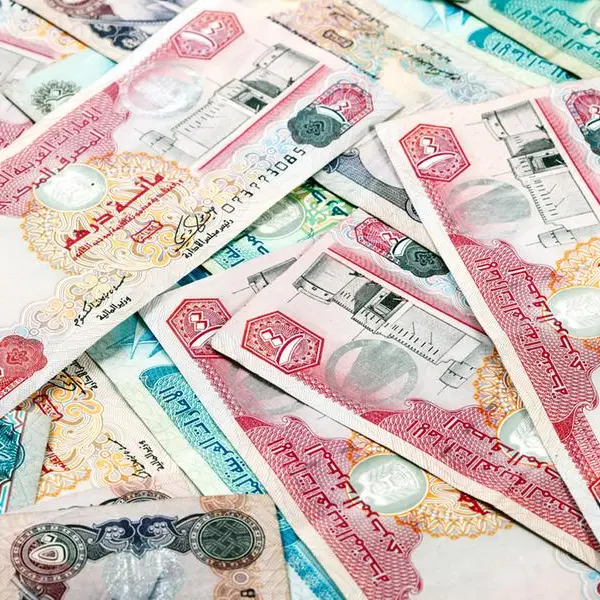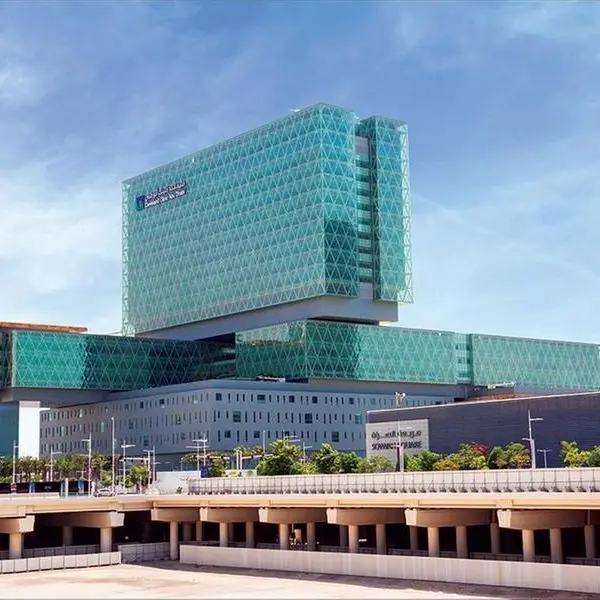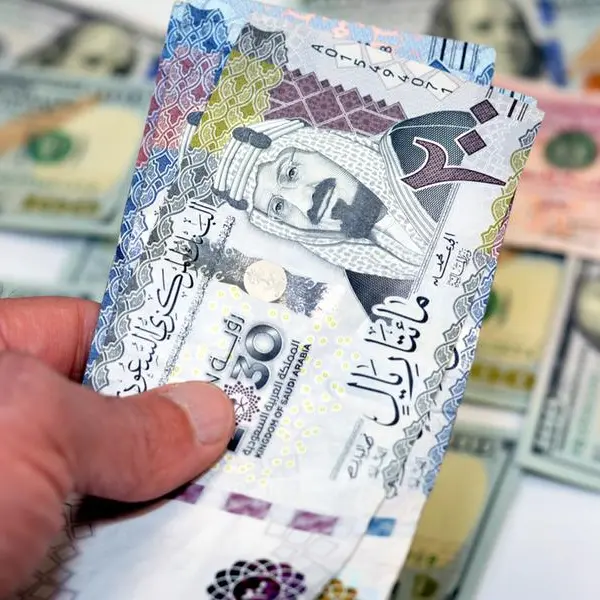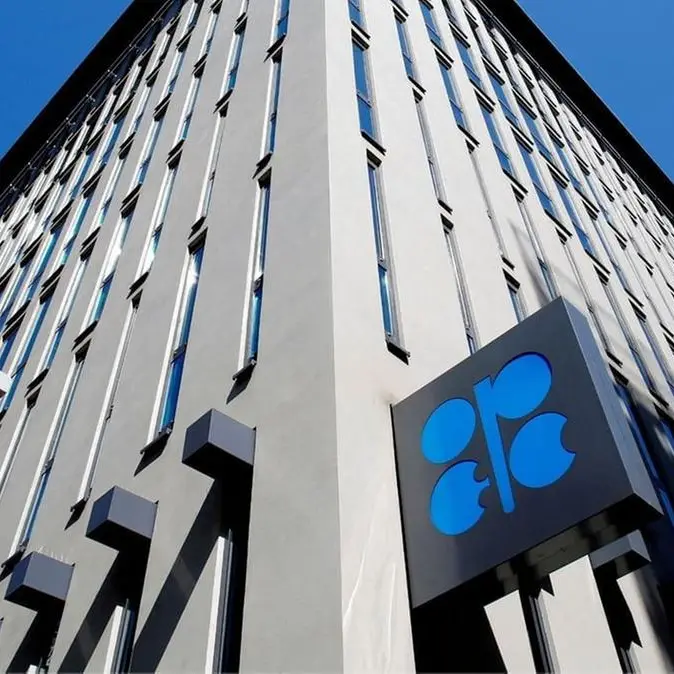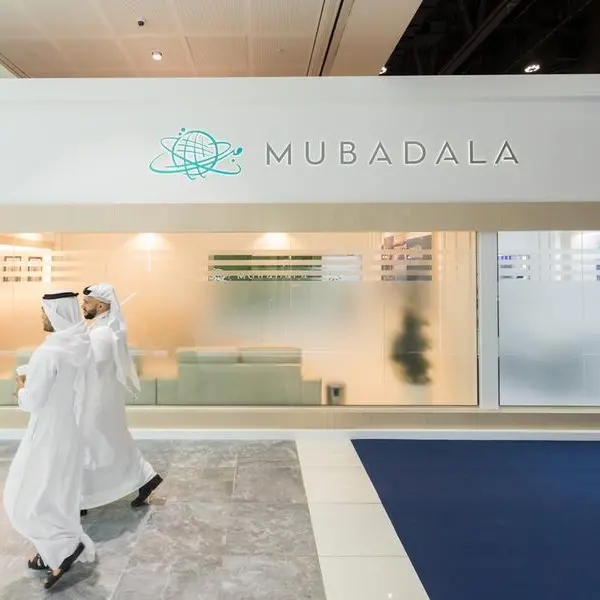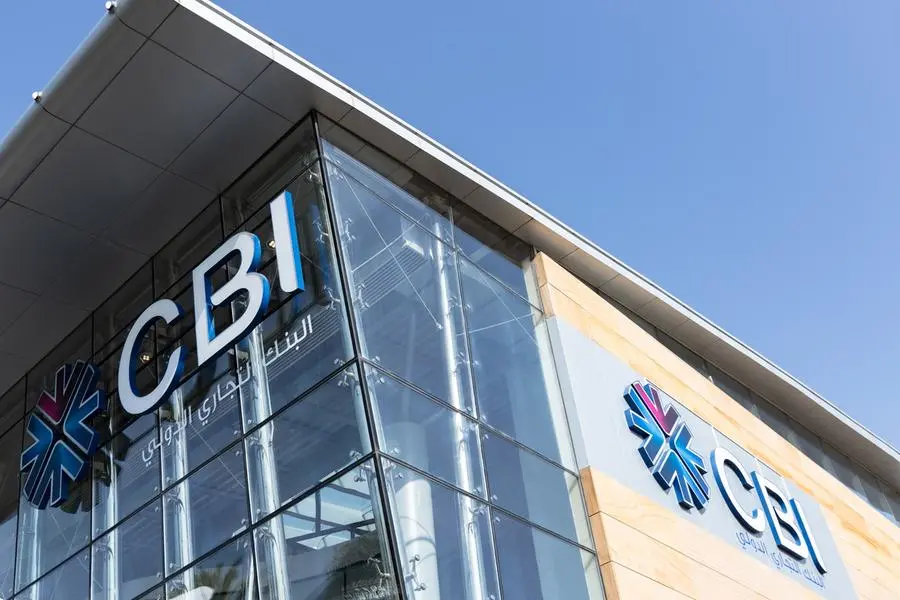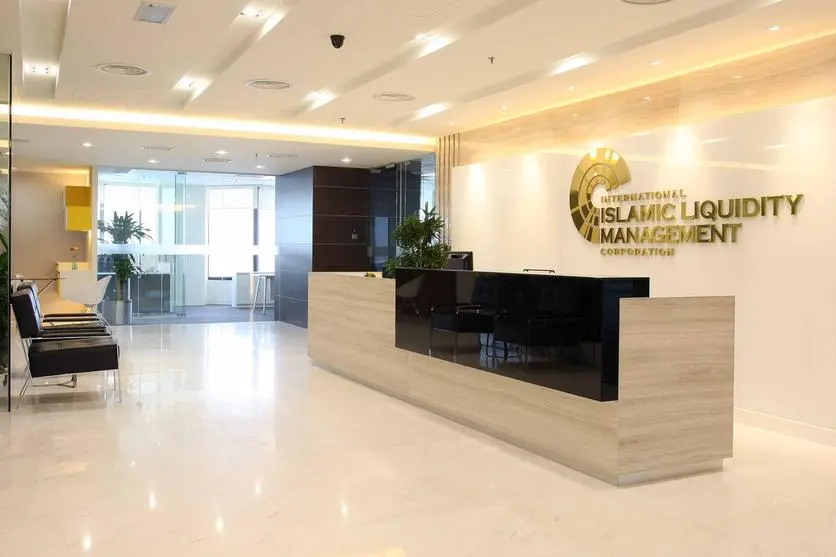PHOTO
LONDON - Multi-manager hedge funds charge expense fees about triple the size of traditional peers, a Barclays note to clients shows, in a sign of just how much of a price tag such funds can demand because of consistently higher returns.
The report sheds light on an opaque and complicated sector of finance where public money including pension schemes can make big returns but at higher costs.
In the last five years, multi-manager hedge funds averaged returns of 8.3%, outperforming the wider industry's 5.5%, the note seen by Reuters this week said.
Investors paid higher fees because these firms outperformed the sector, industry sources said. The fees are not fixed and rise depending on the performance of the traders working within the funds.
While a traditional hedge fund has a fixed 2% cost fee and the owners of the fund take 20% of profits after costs, the multi-manager must pay bonuses to the traders working at the fund and therefore charge higher expense fees.
These variable bonus payments are wrapped up in the hedge funds costs, so instead of the "so-called" 2-and-20 charge, the multi-manager fund is more like 7-and-20, said Barclays.
Hedge funds such as Citadel, Millennium Management and Balyasny Asset Management employ a multi-manager hedge fund model, according to investors and public filings.
Millennium Management and Balyasny Asset Management declined to comment.
Barclays tracked 42 multi-manager hedge funds collectively managing over $290 billion in assets, two-thirds of which are in the United States, it added.
HIGH PERFORMANCE
Performance-related expenses are charged whether or not the total fund is successful. If a fund loses money but one trader has a good year, investors would still bear a percentage of the bonus payment due that one person, said two sources who invest in the hedge funds.
Investors pursue these funds because they make consistent returns, they said. Costs may run high, but the final amount they see back beats most other hedge funds.
For example, the Wellington fund, which sits within Citadel's multi-managers' fund, has had an annualised return of almost 20% since its 1990 start, said one industry source.
Multi-manager hedge funds have doubled assets under management since 2016, said the Barclays note. This group includes some of the world's largest hedge funds.
Two investors told Reuters they paid higher fees because it had become an industry standard, with one of them comparing the hedge funds to tech firm Uber, saying there was no fighting this fee model as it was the new reality.
As long as the outperformance continued, he would remain invested, he said.
(Reporting by Nell Mackenzie and Carolina Mandl; Editing by Emelia Sithole-Matarise)
